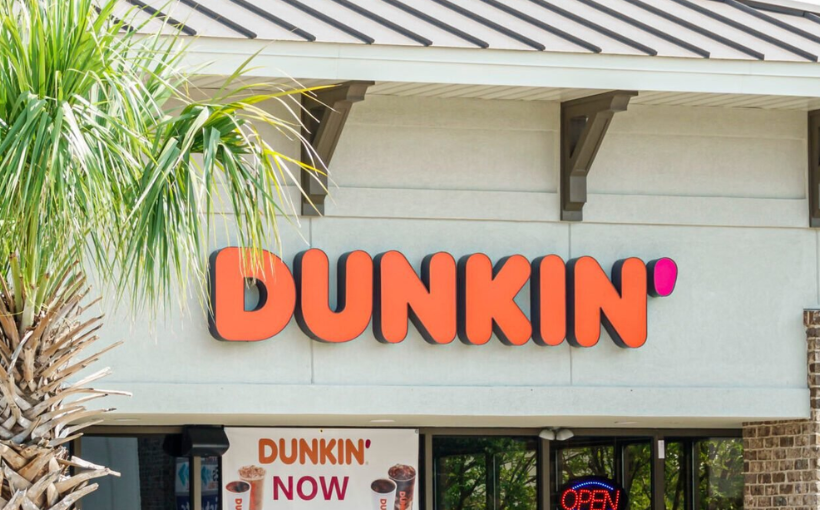In the mid-to-late 20th century, employees were confined to working in traditional office spaces, regardless of their gloomy and uncomfortable conditions. The prevailing mindset was that employees had no choice but to accept these conditions.
However, times have changed and now employees hold more power. With a tight labor market and increasing demand for hybrid work arrangements, workers have a say in where they want to work and what their workplace looks like. According to CBRE’s recent article on workplace trends, this shift has led office occupiers and landlords alike to take cues from the retail industry when defining workspace.
The focus is now on investing in data collection that informs workplace strategy across all industries. As stated by CBRE: “Top trends we’re seeing in the workplace indicate an increased emphasis on utilizing data-driven insights into employee behavior.” This approach mirrors the $200 billion data industry used for retail strategy.
One key trend is creating an immersive experience for both customers (in retail) or employees (in offices). Retailers strive towards brand immersion through concept stores where shoppers can interact with products before purchasing them. Similarly, modern offices are becoming hubs of brand identity as well as cultural immersion.
Office occupiers prioritize employee connection and collaboration which reinforces company values among staff members according to CBRE’s findings – something which will continue as organizations seek out more collaborative experiences such as placemaking initiatives designed around creating memorable moments within shared spaces at work.
Another important aspect is foot traffic – not just how many people enter a store or office space but also how long they stay there once inside it too! Retail companies measure sales revenue while also monitoring customer visits; likewise with occupancy levels defined by daily entry rates into workplaces themselves!
CBRE notes that merely showing up isn’t enough; vibrancy matters too! Vibrancy refers specifically here towards ‘the level of fullness required’ so that any given place feels energetic & alive rather than dull & lifeless. Organizations that focus on vibrancy are more likely to achieve higher levels of employee engagement, cultural alignment and ultimately greater value from their real estate investments.
Better data usage is also key. Retailers invest heavily in consumer information and data to understand behavior patterns which they then use to tailor products & experiences towards those behaviors! Office occupiers are now following suit by utilizing data-driven insights into employee behavior as well – with the goal being personalization through influencing decision-making processes among employees themselves!
The current challenge lies in collecting accurate employee behavioral data, as it is often self-reported. To address this issue, CBRE predicts an increase in smart occupancy management technology investments that can capture precise behavioral metrics such as workstation booking frequency or reminders for important meetings – all aimed at encouraging desired workplace behaviors among employees.
In summary, the modern office space has taken a page out of the retail industry’s book when it comes to creating immersive experiences for both customers and employees alike. With a strong emphasis on utilizing accurate data insights into workplace strategy across all industries, organizations can expect increased levels of vibrancy within their offices leading towards higher levels of engagement and overall value from their real estate assets.




